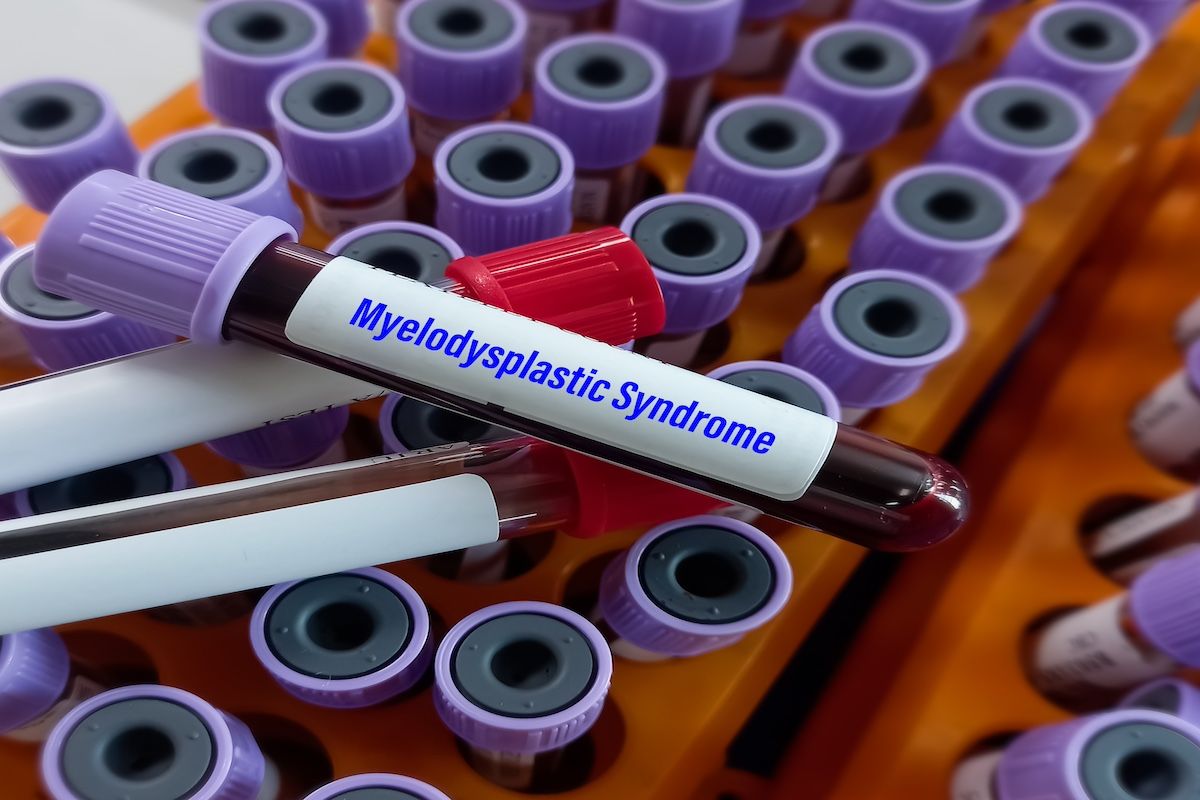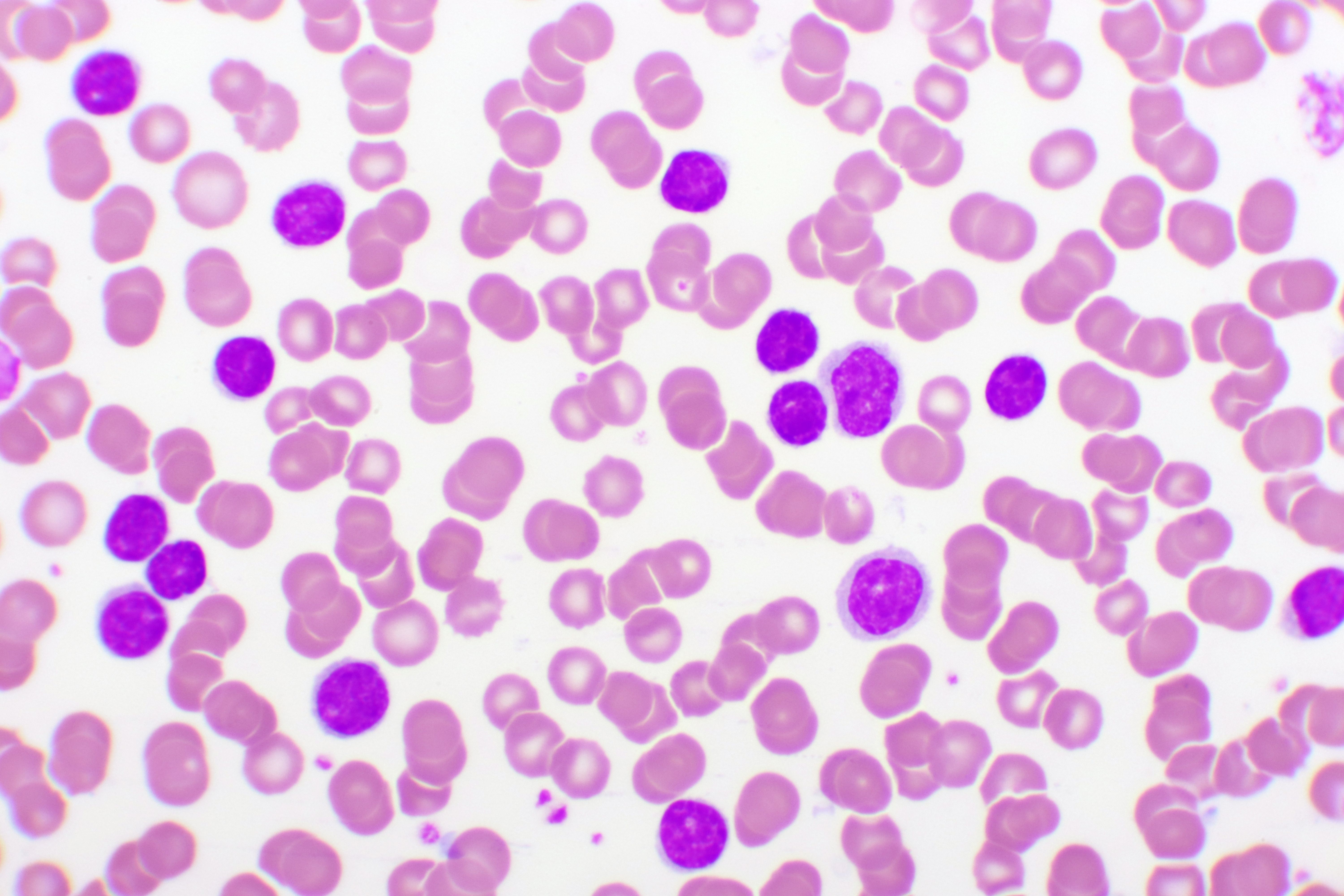Article
Study Summary: Ixazomib, Cyclophosphamide, and Dexamethasone for Previously Untreated Symptomatic Multiple Myeloma
Background
Over the last decade, initial treatment options for multiple myeloma (MM) have changed. This is primarily due to the use of proteasome inhibitors and/or immunomodulatory drugs, which have been associated with better outcomes (eg, duration of disease control and overall survival [OS]) in phase 3 trials when used as a component of induction regimens for MM.1
Ixazomib citrate, an oral proteasome inhibitor, is indicated in combination with lenalidomide and dexamethasone for patients with MM who have received at least 1 prior therapy. When compared with bortezomib, ixazomib exhibits a quicker dissociation rate from the proteasome. In clinical trials, ixazomib monotherapy showed favorable activity in patients with relapsed and refractory MM. In these trials, rates of peripheral neuropathy were low. A pivotal phase 3 trial evaluated ixazomib added to lenalidomide and dexamethasone and demonstrated improved progression-free survival (PFS) with the addition of ixazomib. This study explored substituting ixazomib for bortezomib (which is associated with a high rate of peripheral neuropathy) in combination with cyclophosphamide and dexamethasone for the treatment of patients with previously untreated MM.1
Study Design
This sequential study evaluated the combination of ixazomib, cyclophosphamide, and dexamethasone for the treatment of previously untreated symptomatic MM. This study consisted of 2 parts: part 1 evaluated the optimal dose of cyclophosphamide to be used in combination with ixazomib and dexamethasone, and part 2 evaluated the efficacy and safety of ixazomib in combination with cyclophosphamide and dexamethasone.1
Patients were required to have newly diagnosed symptomatic MM and not to have received any prior treatment for MM. Ixazomib was given orally at a dose of 4 mg on days, 1, 8, and 15 of each 28-day cycle. Dexamethasone was given orally at a dose of 40 mg on days 1, 8, 15, and 22 of each 28-day cycle. Two doses of cyclophosphamide (300 mg/m2 and 400 mg/m2) were evaluated in part 1 of the study. Cyclophosphamide was administered on days 1, 8, 15, and 22 of each 28-day cycle. Dose reductions for ixazomib were permitted. Doses of cyclophosphamide and dexamethasone were progressively reduced before discontinuation. Patients received 12 cycles of combination therapy, after which they could stay on ixazomib monotherapy until disease progression, withdrawal from the study, or unacceptable toxicity.1
The primary end point of part 1 was to establish the maximum tolerated dose of cyclophosphamide when combined with ixazomib and dexamethasone. The primary end point of part 2 was the rate of complete response or very good partial response to combination treatment.1
Results
Baseline Characteristics
Among the 48 evaluable patients, median age was 64.5 years and 52.1% were male. The majority of patients had an Eastern Cooperative Oncology Group performance score of 0 (52.1%), were at standard risk (70.8%), and had stage 2 disease (61.4%).1
Efficacy
Among all patients (n = 48), the overall response rate (ORR) was 77%, with 35% of patients experiencing at least a very good partial response. Responses to therapy included stringent complete response (n = 3), very good partial response (n = 14), partial response (n = 20), minor response (n = 9), and stable disease (n = 2). Overall, 22.9% of patients experienced disease progression. Median PFS, OS, and duration of response were not reached. Median time to response was 1.9 months. At the time data were analyzed, 8 patients remained on treatment. Reasons for discontinuing treatment included refusal of further treatment (n = 3), adverse events (AEs) (n = 3), disease progression (n = 10), alternative treatment (n = 19), and lack of response (n = 5).1
Among patients who participated in part 2 (n = 45), ORR was 78%, with 38% of patients experiencing at least a very good partial response. Responses to therapy included stringent complete response (n = 3), very good partial response (n = 14), partial response (n = 18), minor response (n = 8), and stable disease (n = 2). Overall, 24.4% of patients experienced disease progression. Median PFS, OS, and duration of response were not reached. Median time to response was 1.9 months. At the time the data were analyzed, 7 patients remained on treatment. Reasons for discontinuing treatment included refusal of further treatment (n = 2), AEs (n = 3), disease progression (n = 10), alternative treatment (n = 18), and lack of response (n = 5).1
Safety
All patients reported at least 1 possibly related AE. Eighty-eight percent of patients experienced at least 1 grade ≥3 AE. The most commonly reported grade ≥2 AEs were lymphopenia, leukopenia, neutropenia, anemia, and nausea. Cumulative hematologic toxicity and cumulative neurotoxicity were not observed in this trial. Peripheral neuropathy considered at least possibly related to the study drug was reported in 28 patients (grade 1, n = 23; grade 2, n = 5).1
Conclusion
The results of this study demonstrated that combination therapy with ixazomib, cyclophosphamide, and dexamethasone was effective and well-tolerated when used for the initial treatment of newly diagnosed MM.1
Reference
1. Kumar SK, Buadi FK, LaPlant B, et al. Phase 1/2 trial of ixazomib, cyclophosphamide and dexamethasone in patients with previously untreated symptomatic multiple myeloma. Blood Cancer J. 2018;8(8):70. doi: 10.1038/s41408-018-0106-3.





